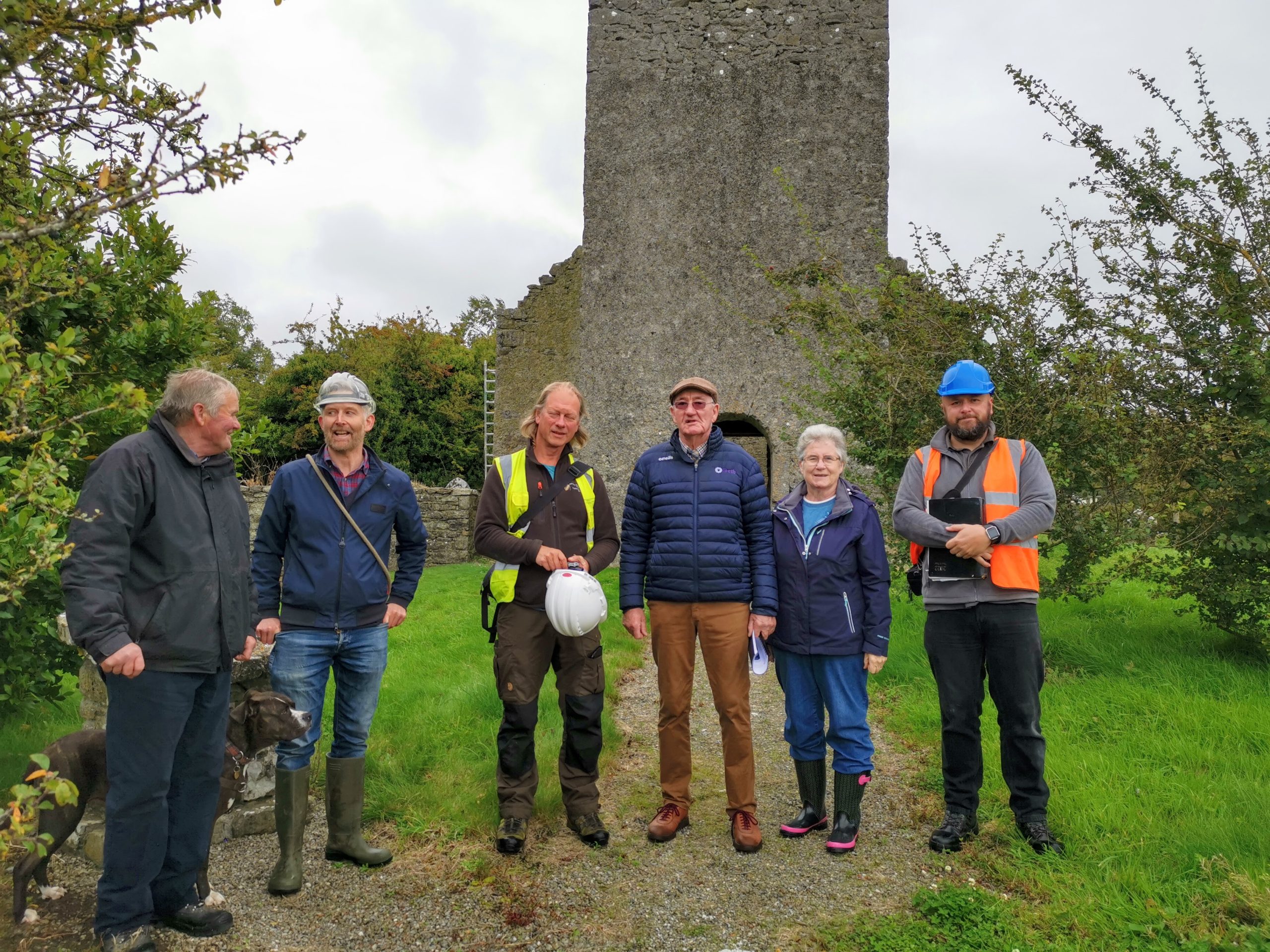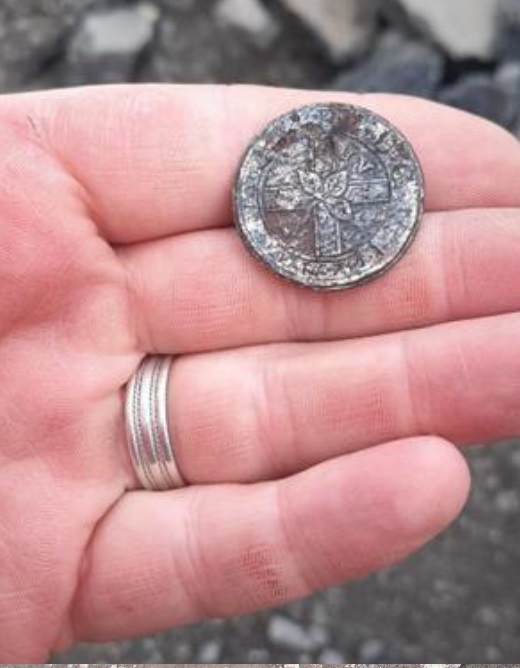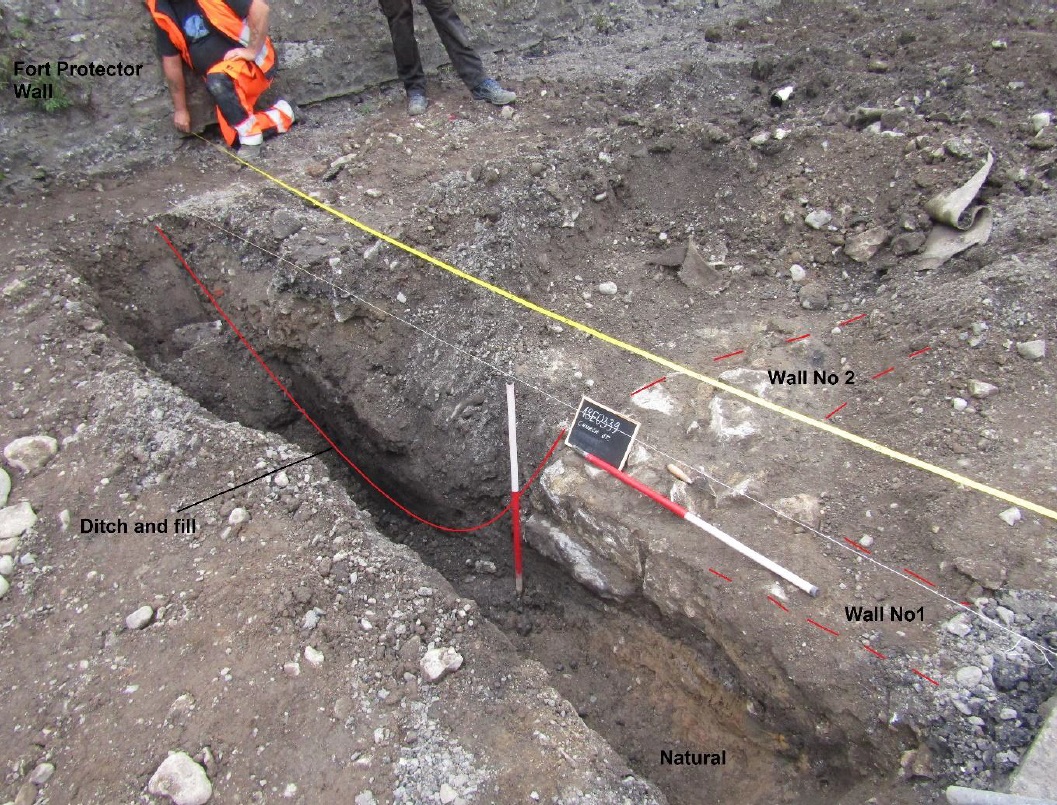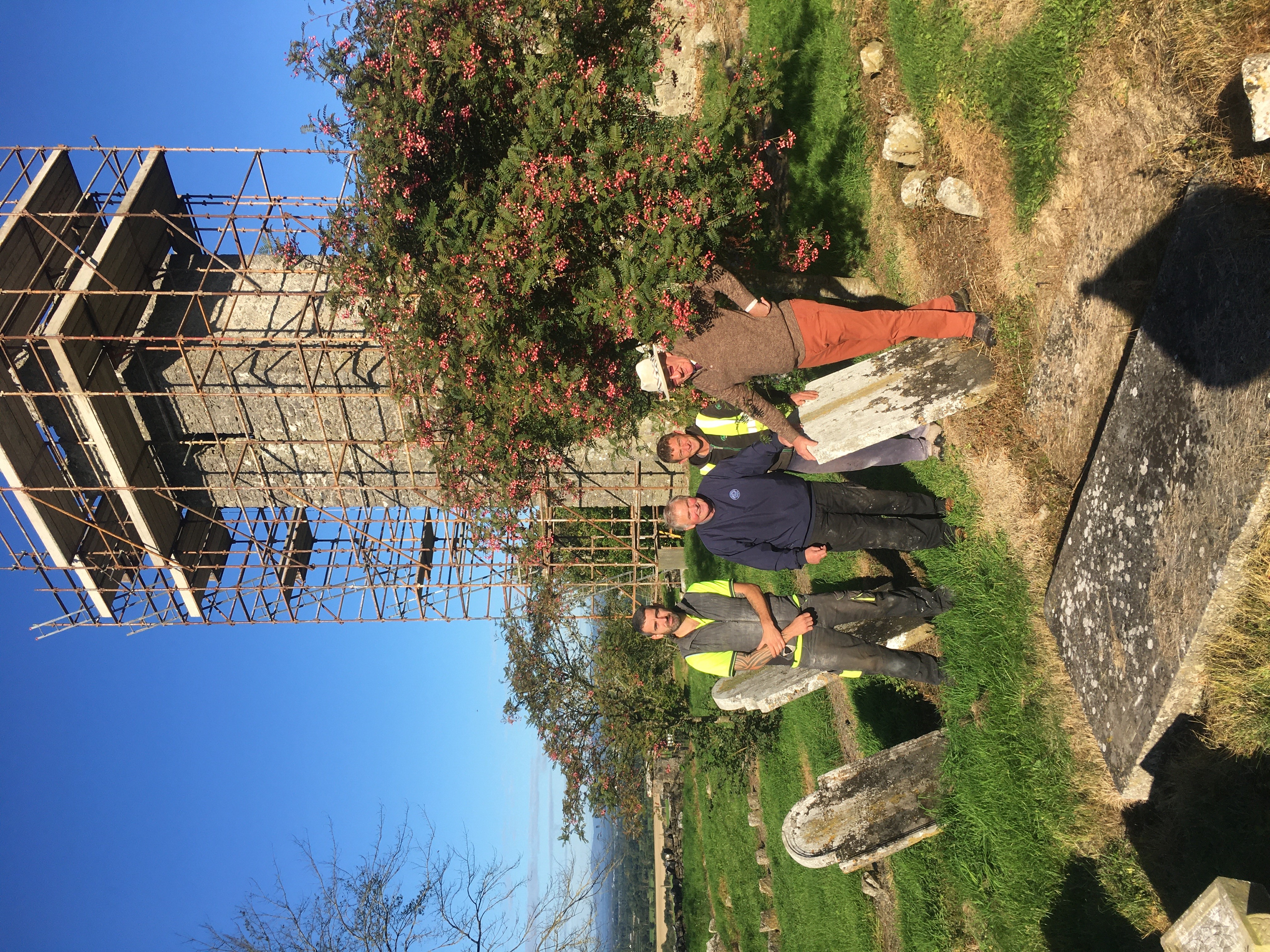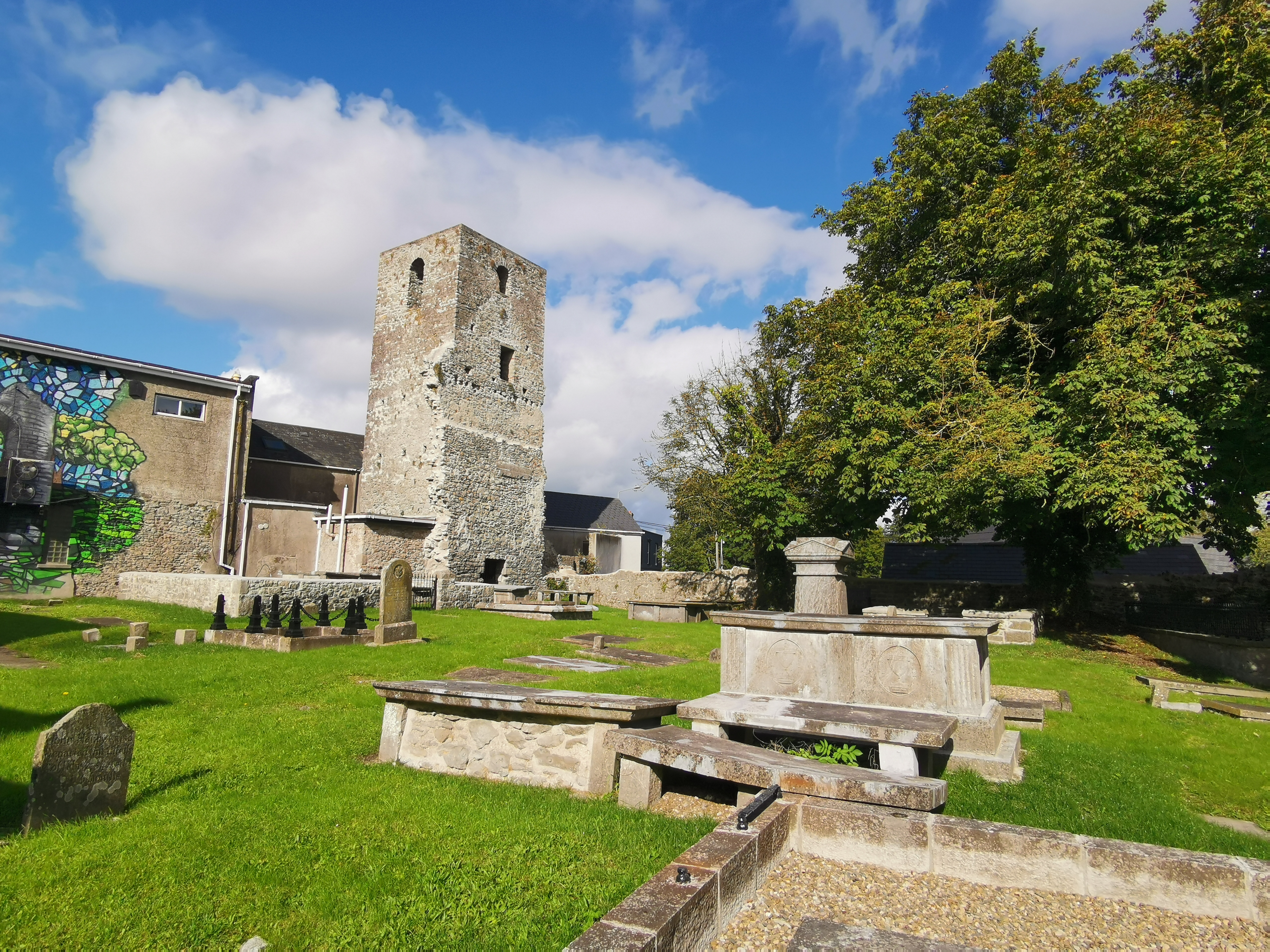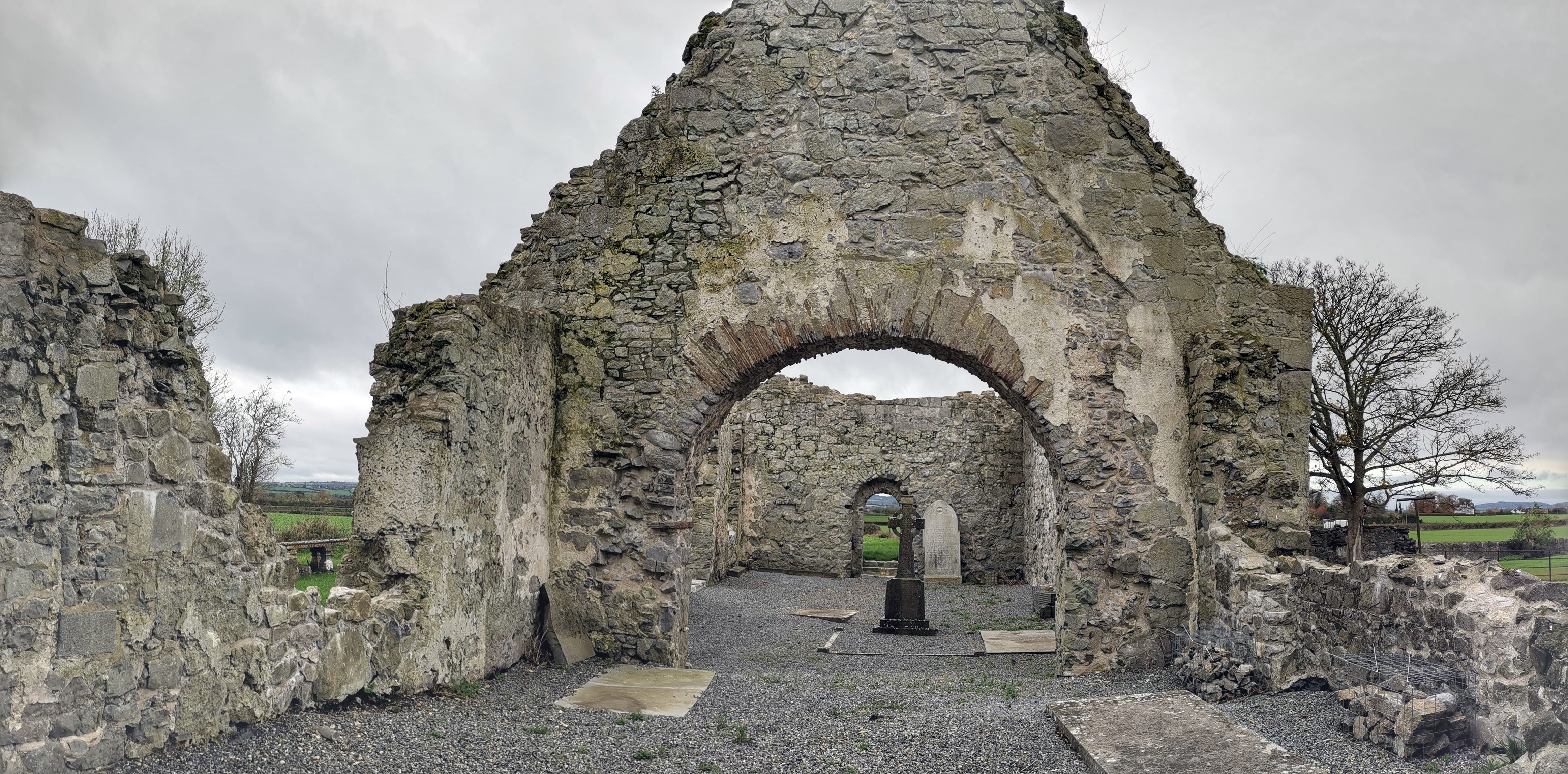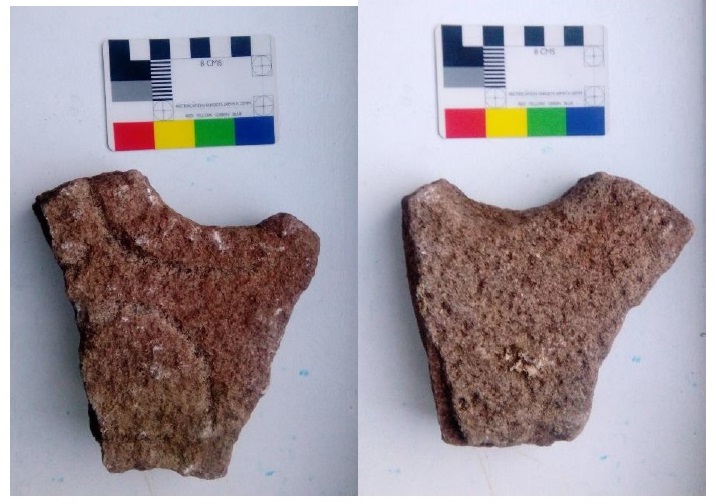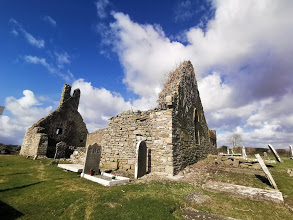The 2023 Community Monuments Fund has been launched by Malcolm Noonan, Minister of State for Heritage and Electoral Reform.
€6 million will be invested in next year’s Community Monuments Fund helping owners and custodians of archaeological monuments to safeguard them into the future.
The Community Monuments Fund was first established as part of the 2020 July Jobs Stimulus with an investment of €1.15 million supporting 71 projects. This significant increase in funding for the scheme reflects the positive impact of the Fund over the last 3 years. It is estimated that the funding for 2023 will support approximately 120 projects nationwide.
The core aims of the Community Monuments Fund are to conserve, maintain, protect and promote local monuments and historic sites. Funding is available to allow conservation works to be carried out on monuments which are deemed to be significant and in need of urgent support. The aim is to encourage access to monuments and improve their presentation and also build their resilience to enable them to withstand the effects of climate change. The fund supports essential repairs and capital conservation and access works at archaeological monuments and also the development of Conservation Management Plans to identify any measures that may be needed to conserve monuments. Grants are also available to enhance public access infrastructure and interpretation at archaeological monuments.

Speaking today, Minister Noonan said:
“I am delighted to announce a €6 million Community Monuments Fund for 2023. With the excellent collaborative partnership between Local Authorities and our National Monuments Service, the 2022 Fund produced an extraordinary level of community engagement, traditional skills opportunities, and protection of our heritage. We are very pleased that we are able to grow this support in 2023 to support over 120 projects. The grant assistance to local authorities, private owners and communities in the maintenance, protection and promotion of local monuments and historic sites in private ownership is an acknowledgement of the important role of our heritage and of those who work so tirelessly to care for it.”
Minister Noonan added:
“We must do what we can to support the protection of our vulnerable archaeological heritage, to celebrate it and make it accessible to all. In doing so, we deliver clearly on commitments under our new national heritage plan, Heritage Ireland 2030. I would like to thank all of those communities and Local Authorities for their continued interest in the protection of archaeological monuments across the country. This investment will help to ensure that our archaeological heritage continues to enrich all of our lives.”

The community monuments fund is managed in Laois by Laois County Council. The closing date for applications for the 2023 round of grants is 14 February 2023. Full details and application forms here.
Previous projects funded by the Community Monuments Fund in Laois include:
- Conservation of Rahin Church, Ballylinan
- Conservation of Dysart Enos Church
- Conservation Plan for Ballyadams Castle
- Conservation Plan for Clonreher Castle
- Research into the archaeological landscape of the Great Heath


